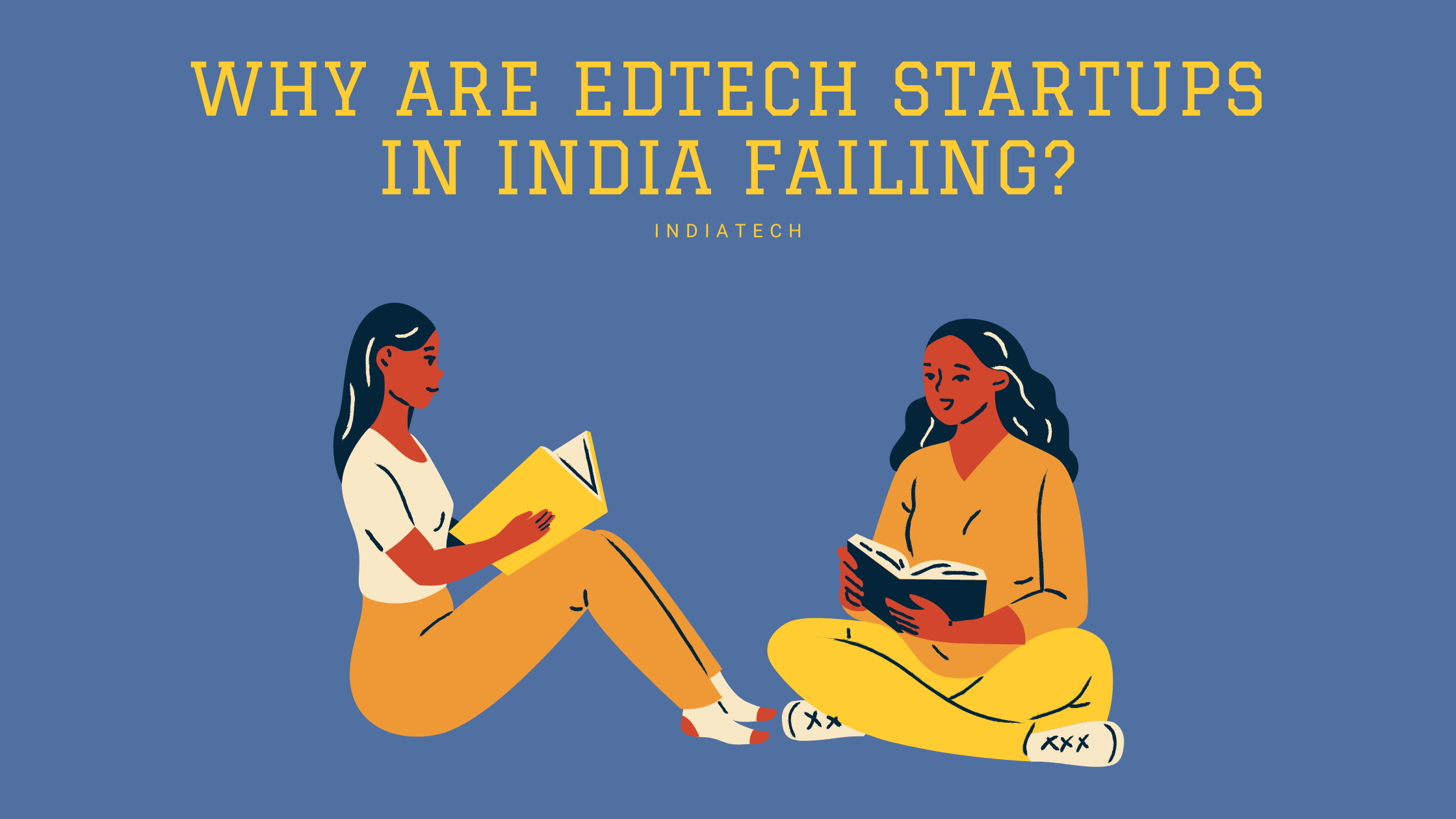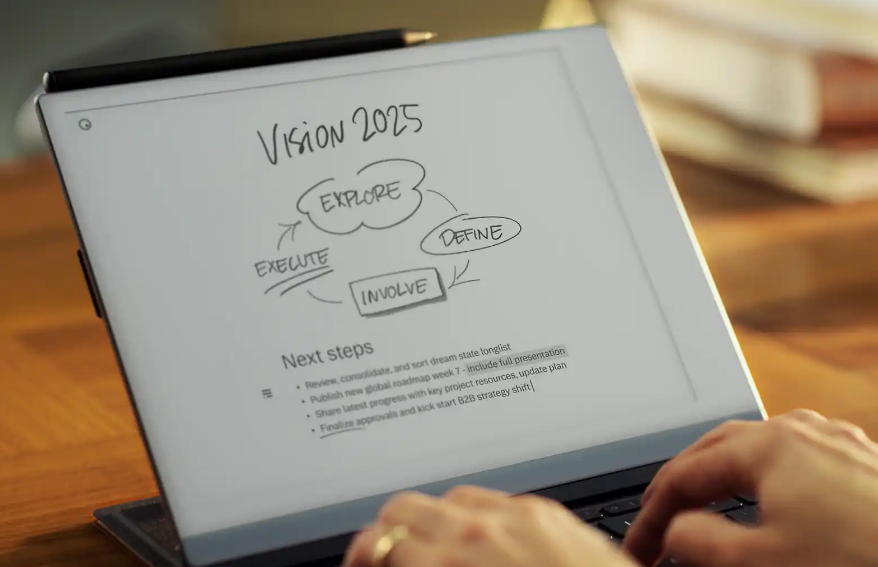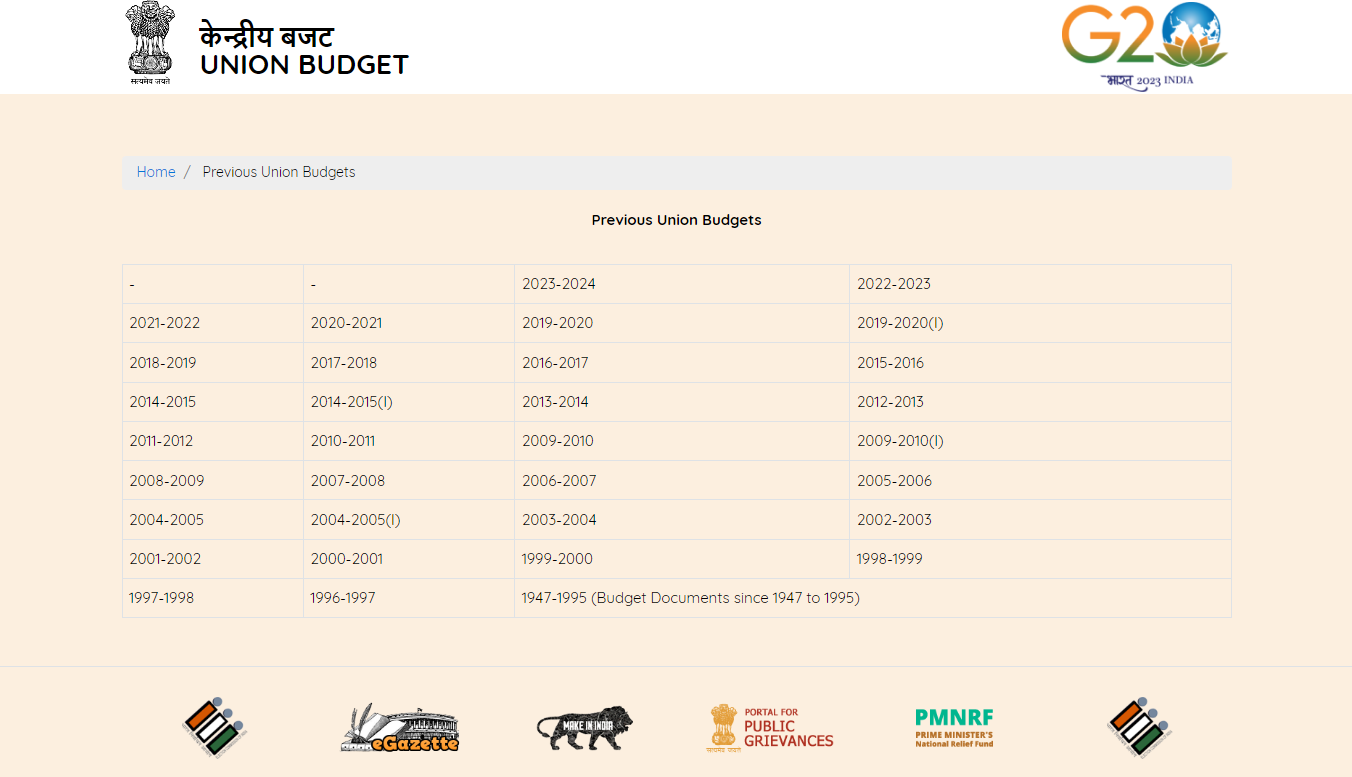Table of contents
Introduction
As income levels rise and urbanization accelerates, the tech sector will become an important part of India's economy; in 2022, it will be one of the largest employers in the country.
Technology companies will be major employers.
The tech sector will continue to be one of India’s fastest-growing economic sectors. By 2022 technology companies will likely become the largest employers in India, with over 25 million employees. This is due to several factors, including:
- High-paying jobs that are in high demand
- A diverse workforce (with many people who do not have a technical background but can help companies drive innovation)
The tech sector will become more diverse.
You can expect the tech sector to become more diverse.
- Women in tech: The number of women entering the field will increase, as well as their representation at all levels and across industries. As a result, more women will be on boards and in leadership positions within companies, leading to better representation overall. This is already happening—it's already too late for India!
Indians will be wealthier and more urban.

- The population of urban India will increase, with a larger share of the country's people living in urban areas.
- The rural population will decrease as more Indians migrate to cities for jobs and better education opportunities.
- The middle class is projected to grow from 179 million in 2022 to 200 million in 2031 (a 14% increase). This group includes professionals with an annual income of over $6,000 per year who are not considered upper-middle class or rich by international standards but do not qualify as poor either!
Technology advances will be a major factor in economic growth.
Technology advances will be a major factor in economic growth. India is one of the fastest-growing economies in the world, and it’s considered one of the top tech hubs. The country has lots of potential for growth because so many people are using technology to connect and improve their lives.
Technology innovations have brought more Indians online, especially in rural areas where access to the internet was previously limited or nonexistent. Now everyone has access to banking through mobile phones or banks that offer services such as transferring money from one account to another over apps like Paytm or MobiKwik (India's largest mobile wallet provider). This means that there are more ways for people who don't have bank accounts yet but want them someday—like those living outside large cities where banking infrastructure isn't necessarily available—to get their hands on cash without having any sort of formal relationship with financial institutions like banks or credit unions."
India's wealth gap will increase, but so will its middle class.
The wealth gap in India is growing. In 2022, it's expected to be nearly 20 times larger than in 1990—which is just one measure of inequality. But if you look at other metrics, including income and education levels (which we'll get into later), you see that the middle class has grown over time:
- In 1990, there were only 4% more people living in poverty than their counterparts who were not poor; by 2022, that number will be down to 2%.
- In 1990, only 21% more Indians were literate than those without literacy skills; by 2022, that number will be up to 29%.
Technology advances bring more Indians online and into banking, especially in rural areas.

Technology advances bring more Indians online and into banking, especially in rural areas.
India has the second-largest number of people living in poverty, but that doesn't mean they don't have access to technology. More than half of Indians under 25 years old are online and using their smartphones to access banking services—and that's just one example. This trend continues despite India's vast rural population (about 70 percent), where only 40 percent have bank accounts—the lowest rate among all BRICS nations except China (40%).
India's tech sector is poised for explosive growth in the coming decade.
India's tech sector is poised for explosive growth in the coming decade.
The country's technology market is expected to grow at a rate of 9 percent over the next five years, according to a report by DHL Supply Chain & Logistics. By 2022, it projects that India will have more than 200 million mobile phone users—and all this demand will be satisfied by local manufacturers such as Micromax, Lava International, and Gionee. The Indian IT industry has another major advantage: its workforce is highly skilled and well-educated; employees who start their careers with less than a bachelor's degree often earn master's degrees or doctorates within ten years of joining an organization. The average salary per employee in India’s IT sector was just $1k last year (though this figure varies widely depending on location), compared with $50k+ in Silicon Valley and London’s financial district.
Conclusion
India is poised to be one of the world's most exciting technology hubs. The country boasts a vast talent pool, and its young population will lead the charge toward innovation in the coming years. We've seen how some cities are already transforming from traditional manufacturing hubs into tech hubs, so it seems logical that more Indians will leave their villages for work in cities like Pune or Bengaluru. But this doesn't mean these cities will become overcrowded. Rather than denser, they could become more spread out as people move from rural areas into bustling urban centers where opportunities await them!





































